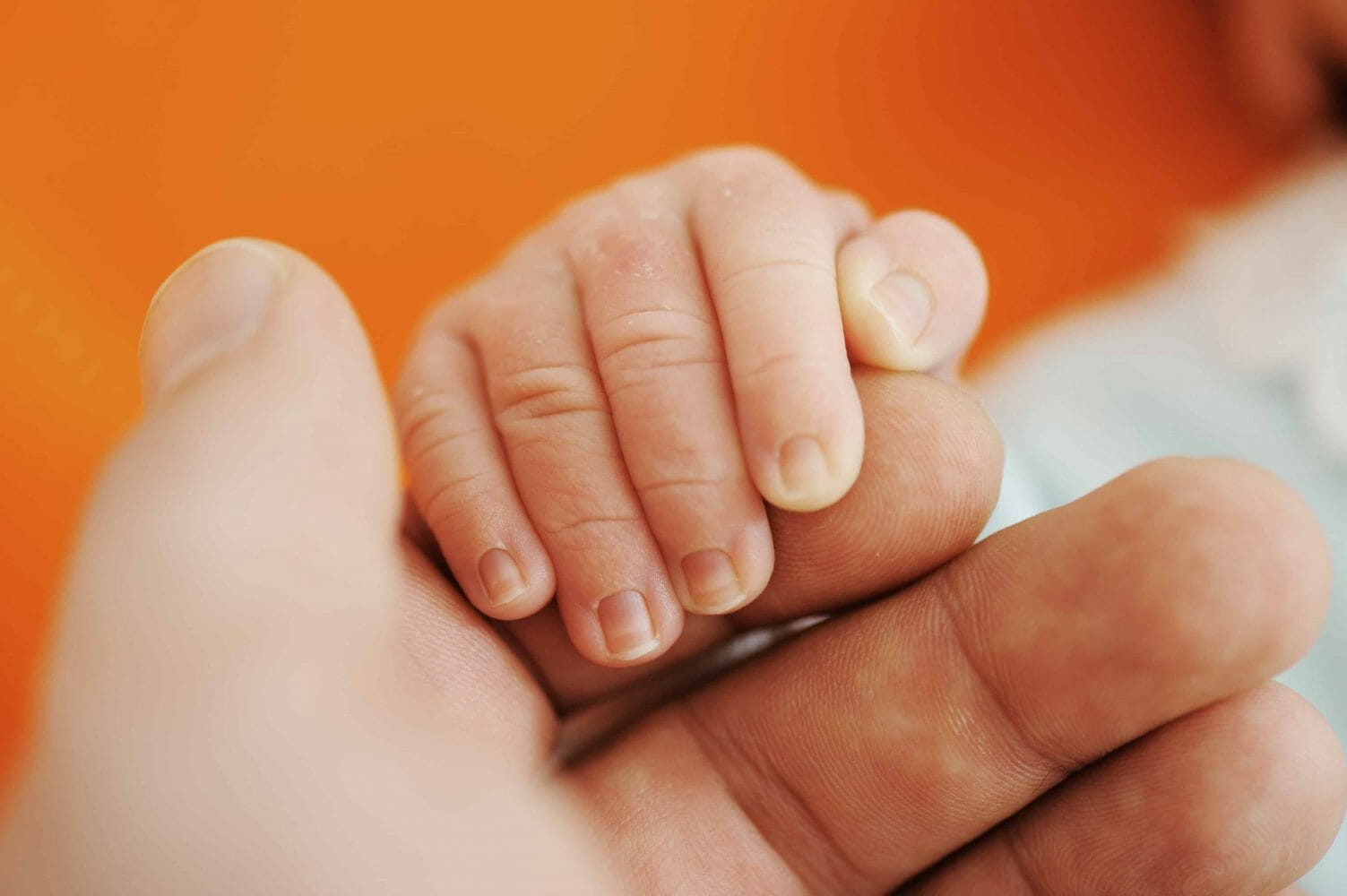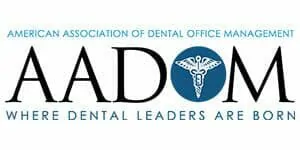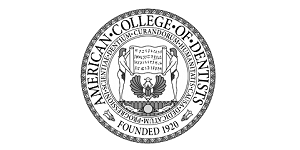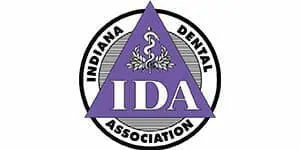Orofacial clefts, additionally known as cleft lip or cleft palate, are one of the most common abnormalities in the USA.
Actually, it is estimated that around 2,650 infants are born with a cleft palate yearly in the US, and about 4,440 are born with a cleft lip. A cleft results during very early pregnancy while the baby’s face is developing. When the parts of the face fail to fuse during pregnancy, it can lead to a cleft.
Cleft In Medical History
Cleft lips have actually been recorded in history since 390 B.C. As a matter of fact, during this time, the initial successful cleft lip surgery took place in China. Wey Young-Chi was the very first person to go through surgery to mend his cleft lip when he was 18 years of age. Afterward, he joined the royal army where he discovered a lot of success and also recognition. He was recorded as believing that he never would have accomplished a lot if it had not been for the surgical treatment that fixed his cleft.
Cleft Lip Features
A cleft lip occurs when the cells that develop the lips don’t join before birth, and this causes a hole in the upper lip. The size of this gap can vary between a tiny slit to a gaping opening that stretches from the lip to the nose. There are three types of cleft lip: unilateral (occurs on one side), bilateral (occurs on both sides), or total (meaning that the cleft starts at the lip and goes up right into the nose).
Cleft Palate Features
Comparable to a cleft lip, a cleft palate occurs when the tissue that composes the roof of the mouth does not attach while the mother is pregnant, resulting in a void. A baby’s palate could be disrupted in the soft palate–the location in the back of the mouth–or in the hard palate– the location nearest to the lips. Some children have gaps in both locations.
Triggers
The CDC has actually shared their results on some variables that can raise the possibility that a mother will give birth to a baby who has orofacial clefts. Although it needs to be kept in mind that the causes of this deformity are mainly unknown, and also slits can happen for issues that are out of the person’s control.
Women who develop diabetic issues before becoming pregnant, smoke during their pregnancy, or make use of medications to deal with epilepsy within the very first 3 months of becoming pregnant are at a bigger threat of giving birth to an infant with a cleft lip and/or palate contrasted to women who do not fall under any of these categories. Various other reasons can consist of obesity while pregnant, family history, and also alcohol use.
Side Effects
Whereas orofacial clefts are able to be fixed, the visibility of these divides and gaps creates particular problems for the infant. For example, one of the most concerning factors when handling a baby with a cleft palate is challenging feedings. Because the slit takes place in the palate for some infants, it can cause concerns in the baby’s capacity to suckle and ingest. A cleft palate can also put the infant at risk for developing hearing loss and fluid in the ear, along with interfering with the infant forming a normal speech pattern and causing the child to have a nasally tone. Other issues consist of disrupted tooth development and emotional, social, and behavioral troubles.
Initial Diagnosis and Additional Therapy
Orofacial slits can be spotted while the mother is pregnant by use of a normal ultrasound. This is more to say that cleft lips can be caught with this early discovery. Cleft palates, on the other hand, are commonly detected quickly after birth. Surgical procedures to repair clefts is advised to happen within the first 18 months of life.
In terms of cleft lip surgical procedures, the doctor will make incisions on each side of the cleft. With the intraoral cells, flaps of skin, and muscular tissue, the physician stitches everything together so as to close the cleft. With the division closed, the lip and nose composition can be offered a much more normal feature as well as the framework.
A slit palate requires the doctor to rebuild the roof of the mouth. Similar to a cleft lip surgery, the doctor will make incisions on either side of the slit. After that, the tissues of the hard and soft palate are rearranged and the incision is sewn back together.
It is typical for kids born with a cleft to require to receive more treatment following the first operation to close the slit. These extra treatments will help the kid construct stronger speech and language growth, along with improving their hearing and breathing. They may also need speech treatment or special oral care. Regardless of the surgeries and additional assistance, the majority of children with orofacial clefts often tend to lead typical and balanced lives. Infants commonly gain the capability to operate normally after the clefts have received surgical treatment.








